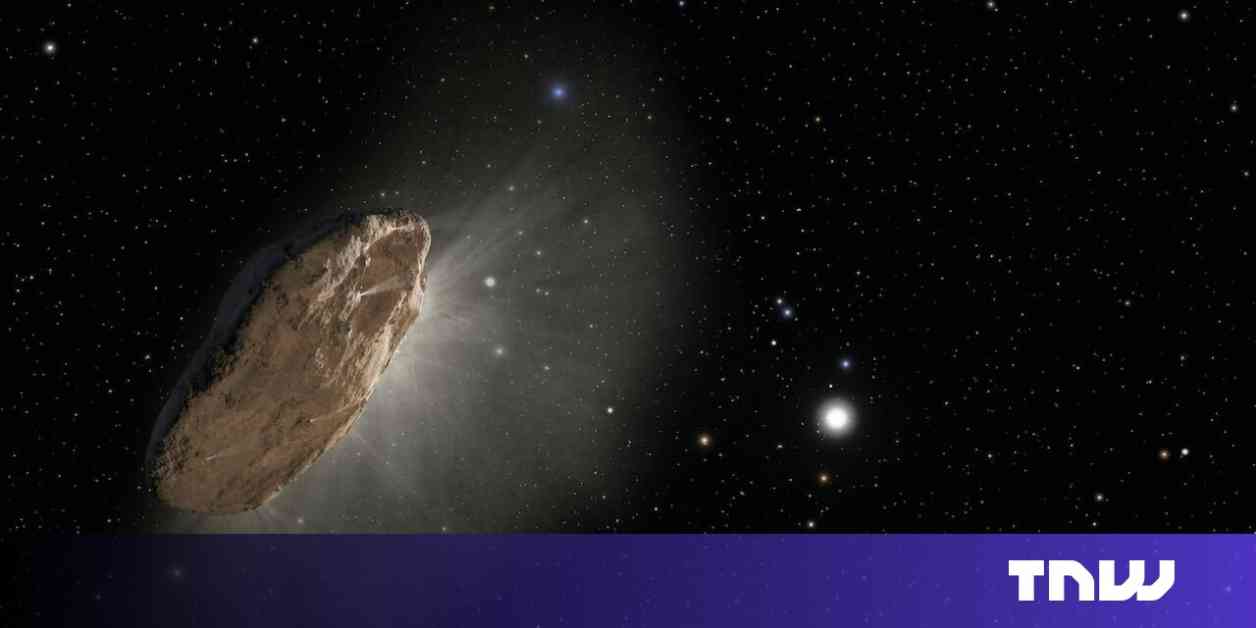The European Space Agency has approved initial work on a mission to explore an asteroid called (99942) Apophis. This asteroid, which is 340 meters wide, is comparable to the height of the Empire State Building. The robotic spacecraft, known as the Rapid Apophis Mission for Space Safety (Ramses), is scheduled to rendezvous with Apophis in February 2029 if it gets final approval at a crucial meeting next year.
While Apophis will not collide with Earth in 2029, it will pass by at a safe distance of 19,794 miles, which is about one-twelfth of the distance between Earth and the Moon. This close encounter with such a large object will be visible to the naked eye.
Both NASA and the European Space Agency have taken advantage of this rare opportunity to send separate robotic spacecraft to investigate Apophis and gather more information about it. By studying this asteroid, they hope to gain insights that could be useful in the future if there is a need to deflect an asteroid that poses a threat to Earth.
The Threat from Asteroids
Asteroids, remnants from the formation of the Solar System billions of years ago, pose a constant threat to Earth. These space rocks, located in the asteroid belt between Mars and Jupiter, vary in size and shape. While most asteroids are small, some can be hundreds of kilometers across, posing significant risks if they were to collide with Earth.
The asteroid belt contains millions of asteroids, with some having orbits that bring them close to Earth. Out of the 35,000 near-Earth objects, about 2,300 are considered potentially hazardous due to their size and proximity to our planet.
Countering the Threat
To protect Earth from a potential asteroid impact, scientists are exploring ways to deflect incoming asteroids away from our planet. Blowing up an asteroid, as shown in movies like Armageddon, is not a viable solution as it could result in multiple smaller fragments hitting Earth.
One proposed method is to apply an external force to the asteroid to change its trajectory. This could involve launching a projectile or spacecraft to nudge the asteroid off its collision course. By understanding how different types of asteroids respond to such interventions, scientists hope to develop effective strategies for planetary defense.
Apophis, Ramses, and Osiris-Apex
Apophis, discovered in 2004, is set to make close approaches to Earth in 2029, 2036, and 2068. Recent radar observations have ruled out a potential collision in 2068, providing scientists with an opportunity to study this asteroid up close.
The Ramses mission aims to rendezvous with Apophis in 2029 to observe how its orbit, rotation, and shape change as it passes by Earth. In addition, NASA’s Osiris-Apex spacecraft will study Apophis after its close encounter in 2029, providing valuable insights into the asteroid’s composition and structure.
By studying Apophis and other near-Earth asteroids, scientists hope to enhance our understanding of these celestial bodies and develop effective strategies to mitigate potential threats in the future.
Ancient Egyptian Mythology
The names of the spacecraft involved in the mission to study Apophis, Ramses, and Osiris-Apex, hold symbolic significance in ancient Egyptian mythology. In Egyptian cosmology, Apophis represented darkness and chaos, posing a threat to the Sun god Re during his nightly journey through the netherworld.
Through the study of Apophis, scientists aim to gain knowledge that could one day help us protect Earth from any potential asteroid threats, much like how the ancient Egyptians sought to overcome the challenges posed by Apophis in their mythological beliefs.
By exploring the mysteries of space and unraveling the secrets of celestial bodies like Apophis, we are taking crucial steps towards safeguarding our planet from potential cosmic threats. The missions planned for Apophis offer a unique opportunity to deepen our understanding of asteroids and enhance our ability to defend Earth against future asteroid impacts.













